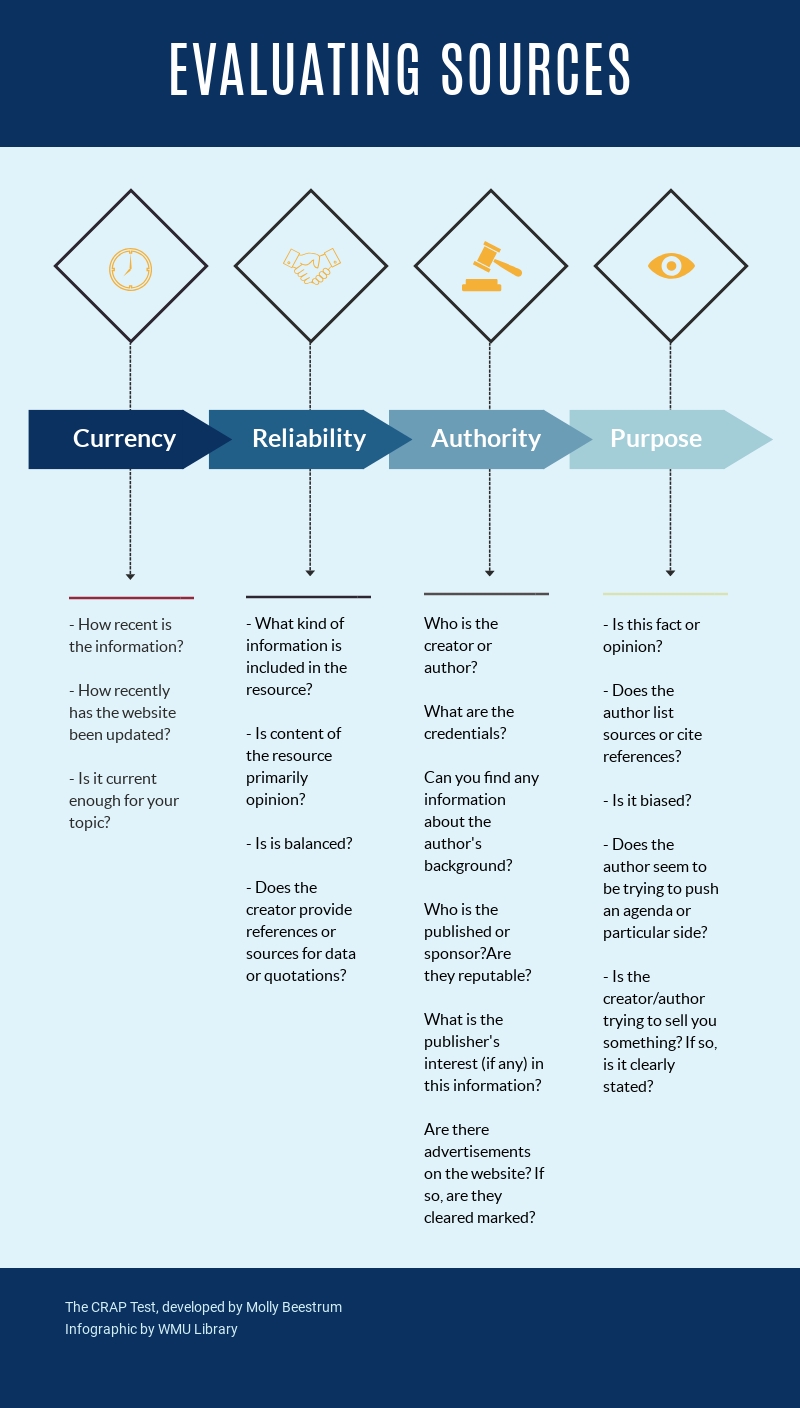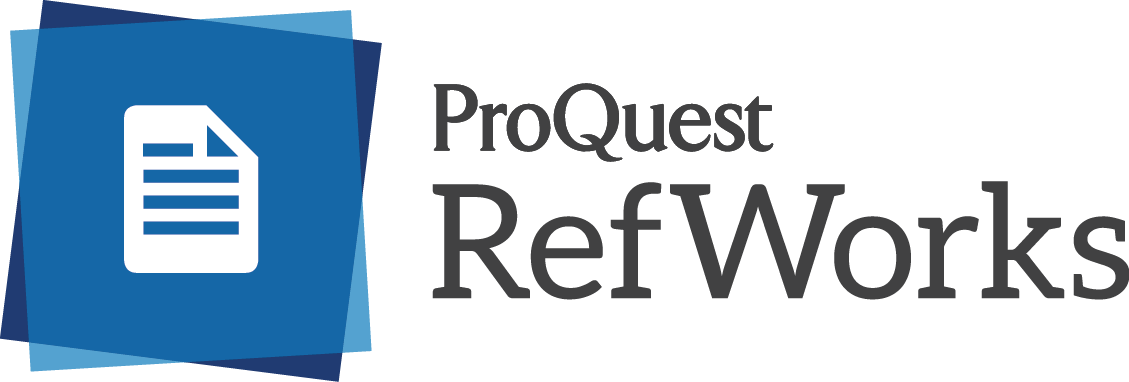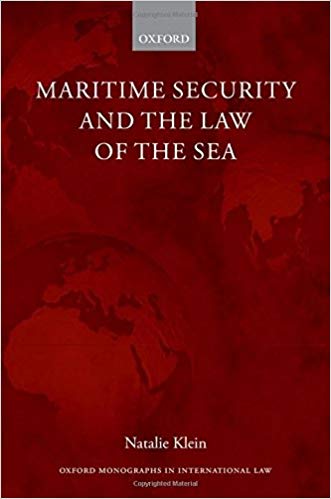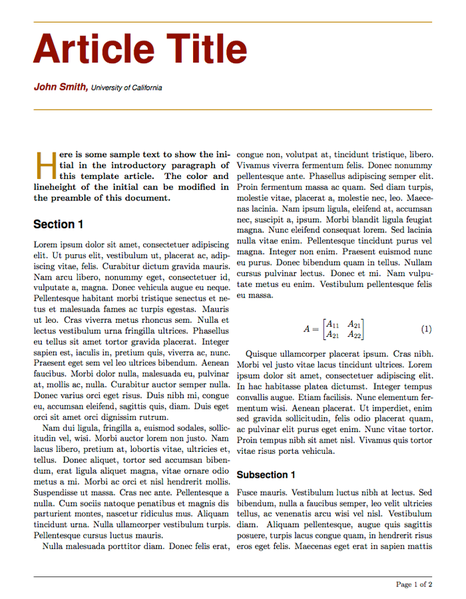Academic writing guide
This page briefly describes some of the basics of academic writing.
The basic steps of referencing
- Identify your reference style (WMU uses APA referencing style).
- Determine the source type (Book, article, conference paper, report).
- Collect the necessary reference data (author, year of publication, title, page numbers, publisher).
- Arrange the reference data in the correct order according to the employed reference style. Pay attention to the punctuation.
- If you copy and paste a citation, check so it really matches the employed reference style
- Check all your references for consistency
Critical evaluation of sources
You must critically analyse each source to find out its value. This is an important part of thinking academically. You can do this by using the steps below.
Purpose
- Is there bias? Check the source of the information. Is a specific group's ideas promoted?
- Consider the point-of-view. Are different points-of-view, theories or techniques presented?
- Think about who the information was written for (experts, public, etc.). Is that appropriate for your needs?
Relevance
- Think about the types of sources that you require to complete the assignment. Do you need specific kinds of sources (articles, cases, primary sources, etc)?
- Find background information to get an overview of your topic, define concepts or collect facts.
Currency
- Consider the type of information you require. How rapidly is research changing in your topic area?
- Do a search on you topic and limit by publication date.
Authority
- Think about the author's credentials/reputation. Do they have expertise in the subject? How was this work received by others?
- Who created the website? If that information is difficult to find, try a WHOIS Search.
Accuracy
- Is the information verifiable by other sources?
- Do other sources come to the same conclusion(s)? Are the claims backed up?
- Has the work been reviewed before publication?

Using APA as a reference system
Using a reference system can be tricky if you are unused to it. WMU uses APA reference system, a well used way of referencing. Many guides therefore exist on how to use it, you need only google to access most of these. We have also collected some highlights of how to reference in our own more limited guide.
Need help?
Email the library at:
RefWorks- how it works
The new RefWorks is a reference management service that supports the needs of students and faculty. With an improved user experience, full-text management and collaboration features, RefWorks is a tool that enables a more efficient and reliable process for producing research papers.

You may create an account by going to the RefWorks page and clicking on the "create account" link displayed in white. (See screen shot below). Sign up with your institutional email address (...@wmu.se).
Learn more:
- When you first sign up, RefWorks will guide you through a simple onboarding process. Clear and simple steps show all users how to install the “Save to RefWorks” button (web capture) and how to download and install Write-n-Cite for MS Word or Google Docs Add-on.
- Access ProQuest's official Library Guide on how to use RefWorks
- Watch video tutorials that highlight the main features of RefWorks on the official Youtube channel and learn how to use RefWorks in 20 minutes
Academic integrity
Academic integrity concerns the maintenance of academic standards such as honesty, factuality and rigor in research and academic publishing. Academic integrity also concerns itself with the avoidance of plagiarism. Within the academic world it is considered extremely bad form to not quote your sources, in some cases this sort of behaviour can lead to serious charges or expulsion. To avoid plagiarism ALWAYS cite your sources and be sure to give credit where credit is due.
Plagiarism means copying someone else's work, intentionally or unintentionally. It is YOUR responsibility to make sure that all your sources are given proper credit. This includes not only word for word citations but also data and ideas. If you are unsure if you should give something a citation, it is always preferable to err on the of caution, you would rather have a citation too many than one too few. In the paragraphs below we briefly go through how when and why you should cite sources.
What is citing?
Usually citing refers to accrediting your sources in writing, i.e., showing within the body of writing where your information comes from. Citing may also refer to the collection of citations at the end of a text, also called a bibliography or a list of references. Citing occurs in other formats than writing, for example when giving credit during a presentation, but here we are mainly concerned with the written citing that takes place in academic texts.
Why cite?
Citing validates your research work and enables other academics to see that you have done your work properly. It is also a way of giving credit to others for their work and to allow your readers to discover sources that might be of use to them.
Which sources should I cite?
Ideally you will cite all your sources, for example printed material such as books and articles, electronic sources such as e-books and electronic articles, but also websites produced by for example governments and institutions. You should also cite data from databases or other sources, images, charts, graphs, tables and illustrations. Even spoken material such as lectures and presentations should be cited, however it is always preferable that you find the sources cited in such lectures or presentations and cite these instead.
How do I cite?
You cite using your lecturer or institutions chosen citing style, the WMU employs the APA style of citing. To incorporate someone else's ideas into your own work you may do this in a few different ways:
-Quoting directly, i.e. putting someone else's words in your own text within quotation marks, and identifying the source
-Paraphrasing, i.e. putting the information in your own words and identifying the source
-Summarising, i.e. using key elements of an argument or idea, paraphrasing them and identifying the source
Know your source
These sources are the most common ones you will use, here we go through some definitions and try to explain the difference between them. To learn how to cite the different sources, go to our APA reference guide.

Books (monographs)
A book can be defined as a detailed written study of a single specialised subject or an aspect of it.
It usually has one author but can have several, however who is writing what and when will not be apparent as in a collection of different chapters.

Books (collections)
A book can also contain chapters written by different authors, these kind of books usually have one or more editor.
When searching for a chapter in a book of this kind it is important to search for the book title or the editors, not the chapter title or the chapter author since the latter are usually not indexed in the library systems.

Periodicals (journals, magazines, newspapers)
A serialised collection of articles issued at regular intervals.
In the academic world the most common periodical is the academic journal which includes journals of academic standard, i.e., they are most often peer review and has gone through a vetting process which should ensure their reliability.

Academic articles
An academic article can be found in a journal. Academic articles are peer-reviewed and have been vetted to ensure their reliability.

Reports
A report can be defined as: "giving a spoken or written account of something that one has observed, heard, done, or investigated".
When we refer to reports we refer to written accounts. WMU collections include, among others, casualty reports, trade reports, conference reports, etc.
